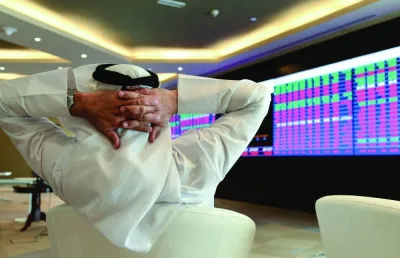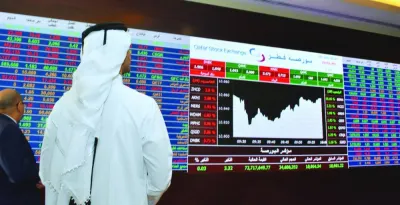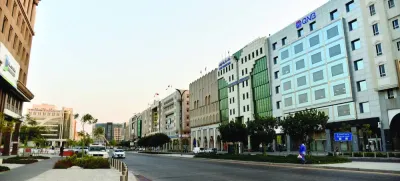The Qatar Central Bank (QCB) on Monday unveiled the third financial sector strategy (TFSS), as part of efforts to enhance the sector's contribution to QR84bn in gross domestic product (GDP) by 2030 and transform the country into an innovation hub and global centre for cutting-edge financial services.The strategy, built upon four pillars and supported by five cross-cutting themes, was launched by HE the Prime Minister Sheikh Mohamed bin Abdulrahman bin Jassim al-Thani in the presence of Minister of Commerce and Industry HE Ali bin Ahmed al-Kuwari, QCB governor Sheikh Bandar bin Mohamed bin Saoud al-Thani, Qatar Stock Exchange acting chief executive officer Abdulaziz Nasser al-Emadi, and other dignitaries including top officials of banks, insurance companies and other financial entities.The strategy "aims at innovation and diversification to enhance our country’s position as an advanced global center in the field of financial services. This plan is an extension of the first and second strategies, which are considered a roadmap for achieving a sound and flexible financial system that supports sustainable economic growth," the premier said in his social media handle X.The four pillars are banking, insurance, digital finance ecosystem and capital markets. The five cross-cutting themes are governance and regulatory oversight, Islamic finance, digital innovation and advanced technologies, ESG (environment, social and governance) sustainability, and talent and capabilities."The TFSS will not be mere ink on paper, but rather a reflection of aspirations for strong growth in the coming years. It is expected to drive strong growth in the coming years with a projected 4.7% compound annual growth rate for the financial sector and targeted overall contribution of QR84bn to the GDP by 2030," Sheikh Bandar said.The strategy would not only support the economy and financial institutions but also promote the financial sector through innovation and efficiency and provide appropriate solutions, which safeguard stakeholders' interests and help promote growth, he added.The QCB seeks to diversify and innovate in the financial sector in line with Qatar National Vision 2030 with the new strategy aiming to enhance Qatar’s attractiveness for foreign direct investment and attract talents, which contributes to knowledge-based economy.The QCB governor categorically said it would "spare no effort" during the coming period to develop the infrastructure, including the regulatory and legislative frameworks for the financial markets in the country to create an attractive environment for local and international investments.Sheikh Bandar said through the new strategy, it aims to spread the culture of insurance in the society in order for this sector to be a pioneer in the region."We believe in the importance of digital finance ecosystem in supporting the development process. As a result, we have adopted this ecosystem as a third pillar within our strategy to lead the digital financial transformation" for the sector to be a pioneer in the adoption of modern technologies, according to him."We will promote Islamic finance to transform Doha into a destination for Islamic financial services to achieve the growth of this promising sector," he said.Terming the strategy as a new chapter in the process of development of the economy, al-Emadi said it not only showed the clear vision and commitment in enhancing the financial services but also boost economic growth and increase competitiveness.The bourse has laid solid infrastructure and taken several measures to improve liquidity in the system as it aims to enhance the investment universe, including the launch of derivatives in the future, he said.

Most Read Stories























